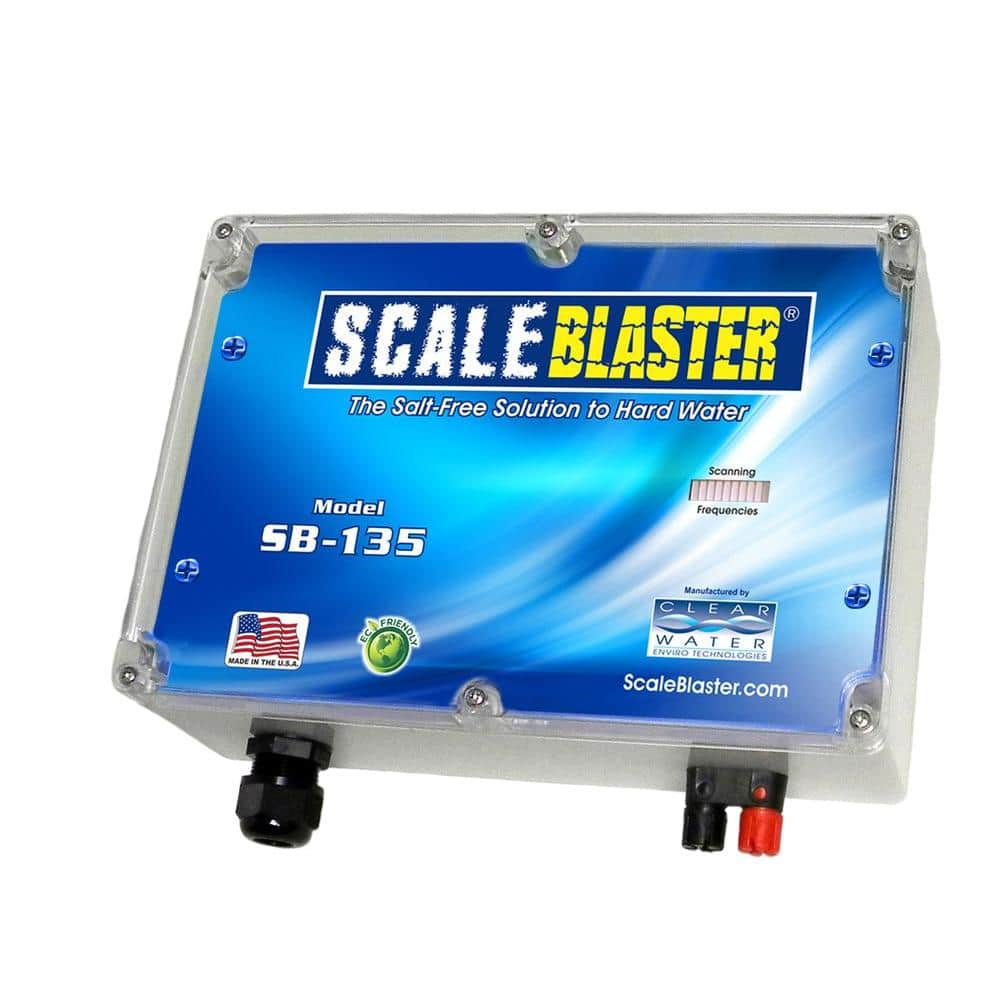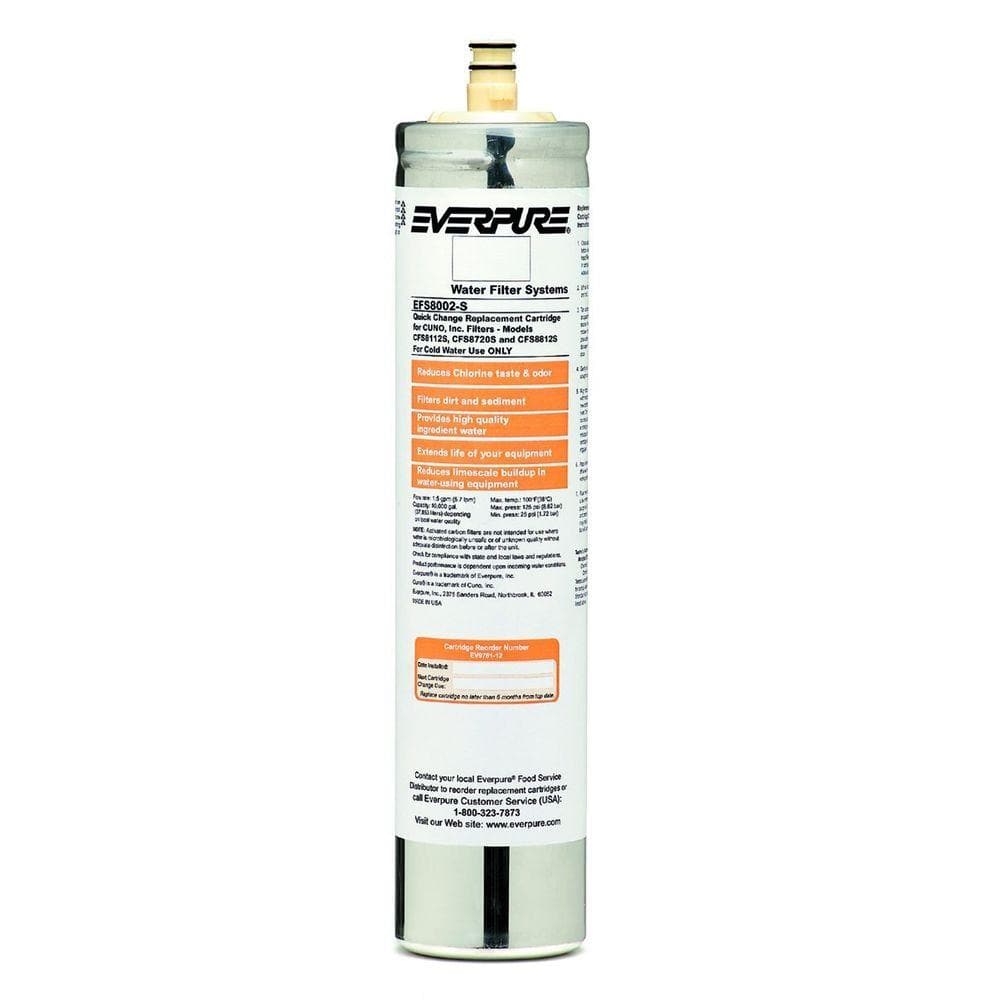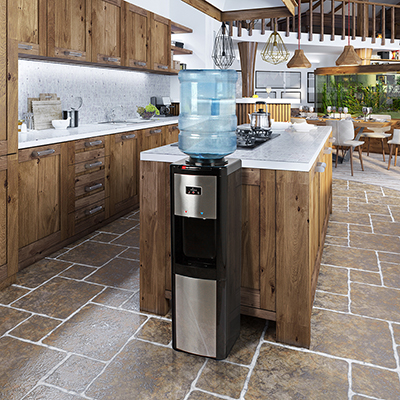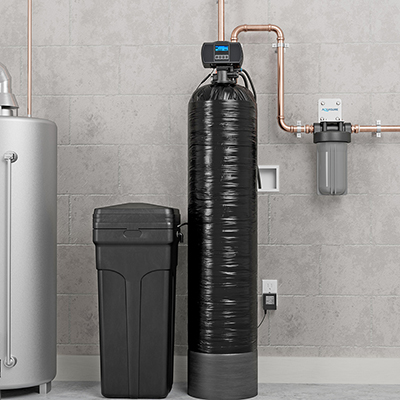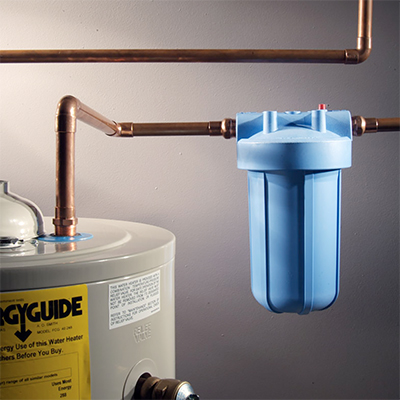Reverse Osmosis for Filtered Water
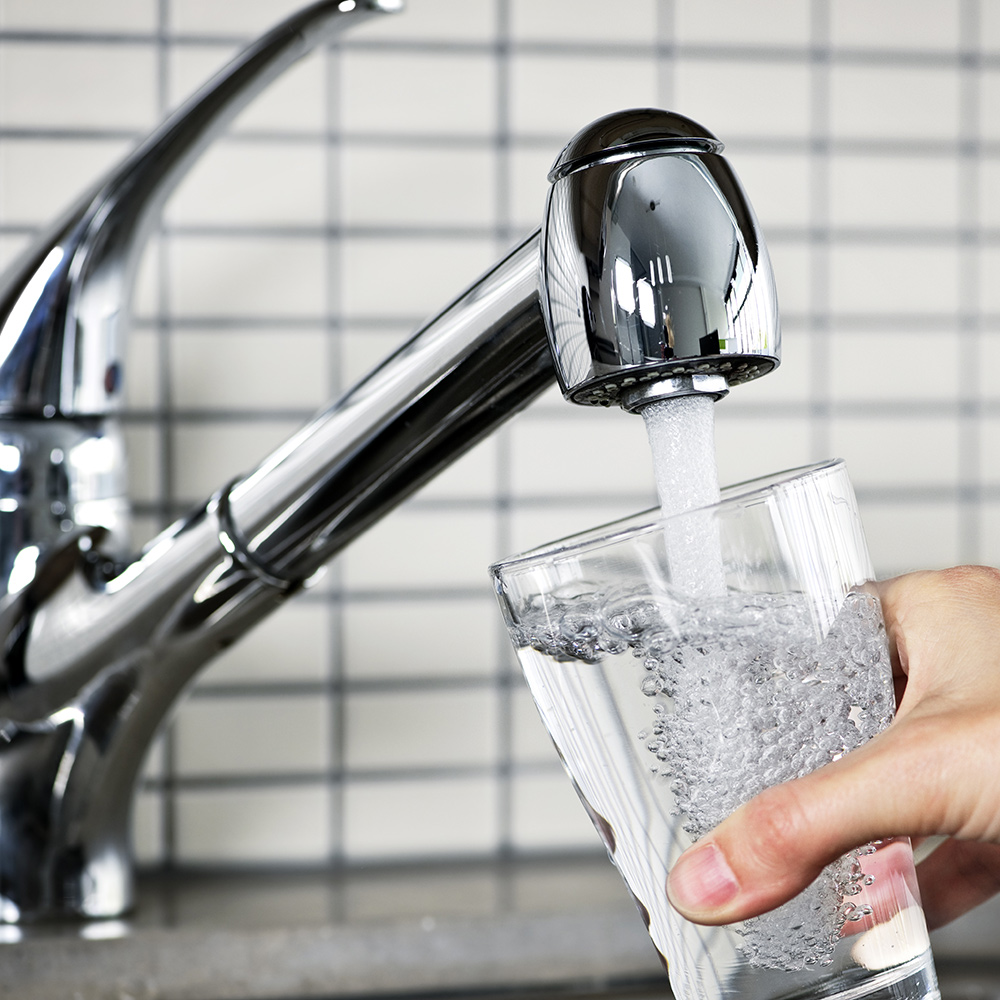
Last updated September 7, 2023
Carbon filters are excellent for removing large contaminants from your tap water. It can affect the waters taste and smell. However, a filtration system using reverse osmosis is effective for a more thorough clean.
This guide will help you understand reverse osmosis. It's used to treat water and provide cleaner drinking water for your family.
Table of Contents
What is Reverse Osmosis?
How Does Reverse Osmosis Work?
Components of Reverse Osmosis Water Filtration
Additional Benefits of Reverse Osmosis Water Filtration
What is Reverse Osmosis?

Reverse osmosis is a water filtration process that removes contaminants, foreign particles and other impurities from water. The purification process involves using pressure to force water through specialized, semi-permeable membranes. In reverse osmosis water filters, a membrane allows water molecules to pass through while blocking contaminants. The result is improved water for drinking, cooking, bathing and any household use.
Reverse osmosis water benefits include having water that has reduced amounts of salts, particles and bacteria, as well as oil- and fat-based molecules. This type of water filtration targets contaminants including minerals, calcium, sodium and chlorine.
Some systems installed by water treatment services are certified to reduce lead, arsenic, pesticides and other things you don’t want in your water. NSF/ANSI certified systems indicate the product is capable of meeting the claims of the manufacturer. NSF International is a product testing, inspection and certification organization. The American National Standards Institute (ANSI) is a private non-profit organization that oversees the development of standards for products.
How Does Reverse Osmosis Work?
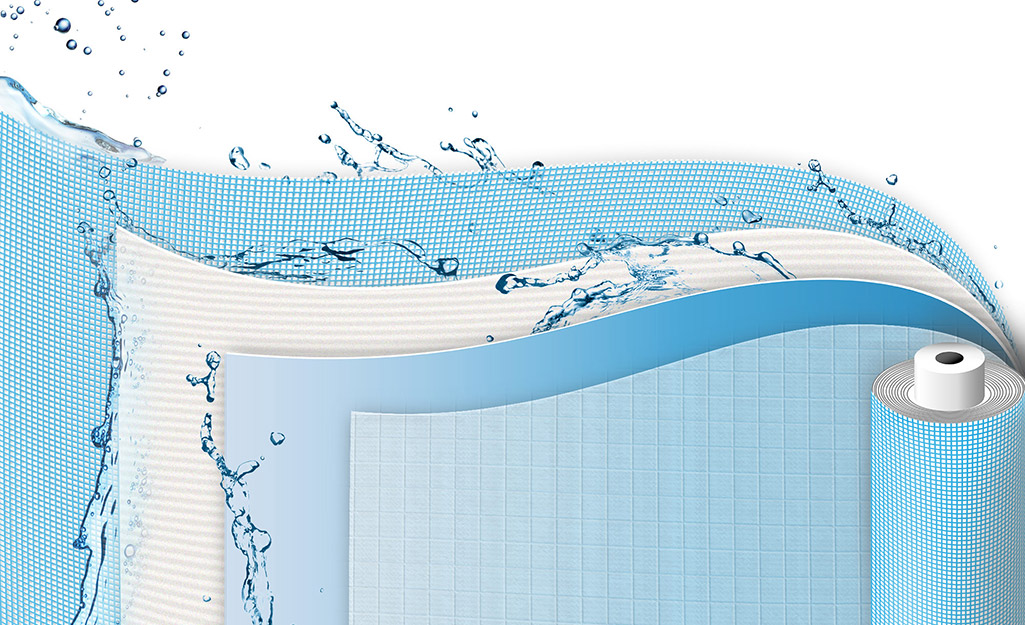
Before understanding what reverse osmosis is in water, you should first understand osmosis. It is a natural process that occurs in every cell-based organism. In osmosis, a diluted solution transfers through a membrane into a more concentrated one.
For example, a piece of dried fruit placed in a bowl of water will swell up as the liquid passes into the fruit’s cells. A raisin is highly concentrated; the water around it is not. The dried fruit will swell until an equilibrium is reached.
As implied by the name, reverse osmosis reverses this natural process. To do this, external pressure is applied to the unfiltered – and more concentrated – water, and it passes to the other side of the membrane where purified water is.
The membrane contains holes that are almost invisible; a fraction of the diameter of a human hair. This membrane catches some of the microscopic contaminates in your water. The membrane must be changed regularly to maintain good performance. A typical osmosis filter last 2 to 5 years before needing to be changed.
Components of Reverse Osmosis Water Filtration
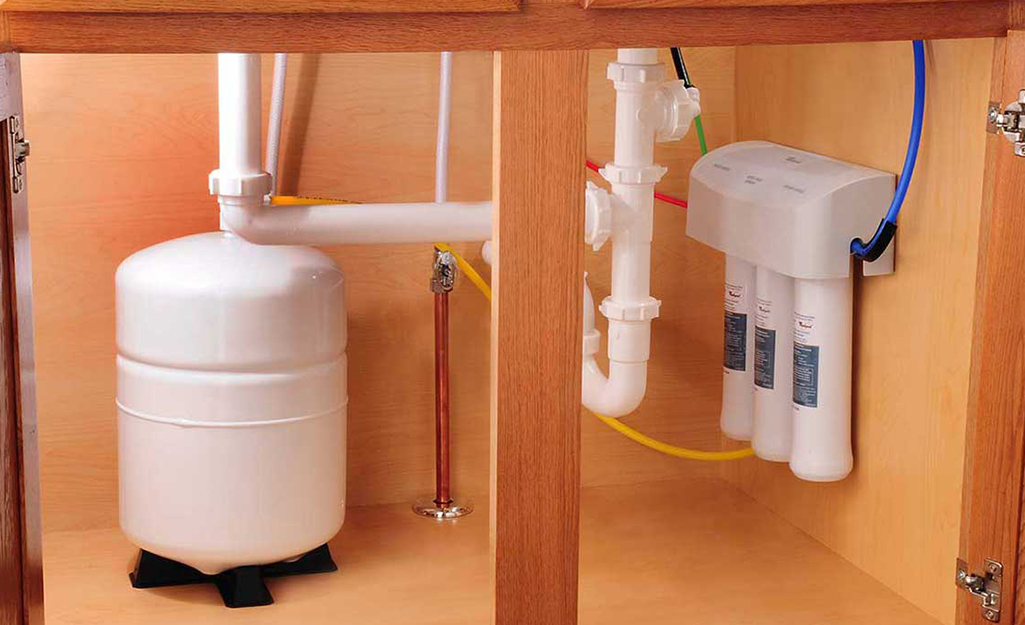
Typical reverse osmosis systems have a multi-stage process to increase water quality and improve its taste and smell. A series of sediment filters and carbon filters eliminate larger particles before being pushed through the reverse osmosis membrane.
Reverse osmosis units function well with typical municipal water pressure of about 60 pounds per square inch, or psi. If your water pressure is greater than 80 psi, you should install a pressure reducing valve when using a reverse osmosis system. In order to make the system operate properly, a booster pump might be needed if your residential water pressure is lower than 45 psi.
The system drains out contaminants that weren’t filtered in previous stages, and the treated water is stored in a small tank until it is dispensed from the tap.
The reason why water pressure needs to be boosted is because the PSI is too low, and can lead to reduced production and premature fouling of the membrane.
Additional Benefits of Reverse Osmosis Water Filtration
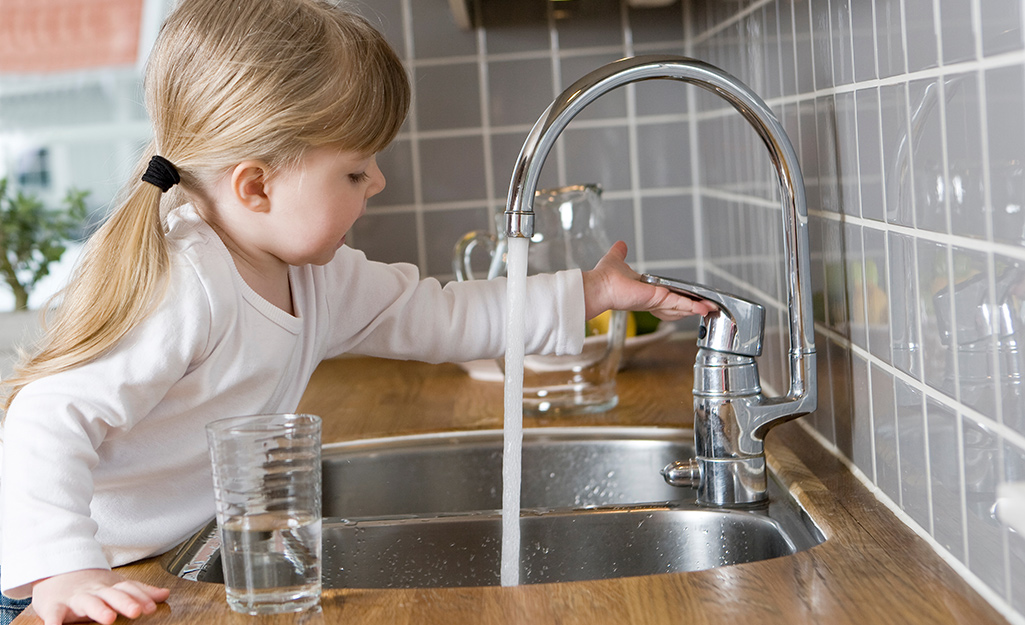
There are so many benefits
of using a reverse osmosis water filtration system. Here are a few to consider:
- Good if you have immunocompromised people in your home
- Filters out chemicals like chlorine and chloramine which can contribute to skin conditions, and also exacerbate allergies and asthma.
- Cut out buying single-use plastic bottles whose cost adds up over time, and also pollutes the environment
It's important to keep the water used in your household free of contaminants and clean for the safety of you and your family. Use The Home Depot Mobile App to view a wide variety of filters and have them delivered to your doorstep.

